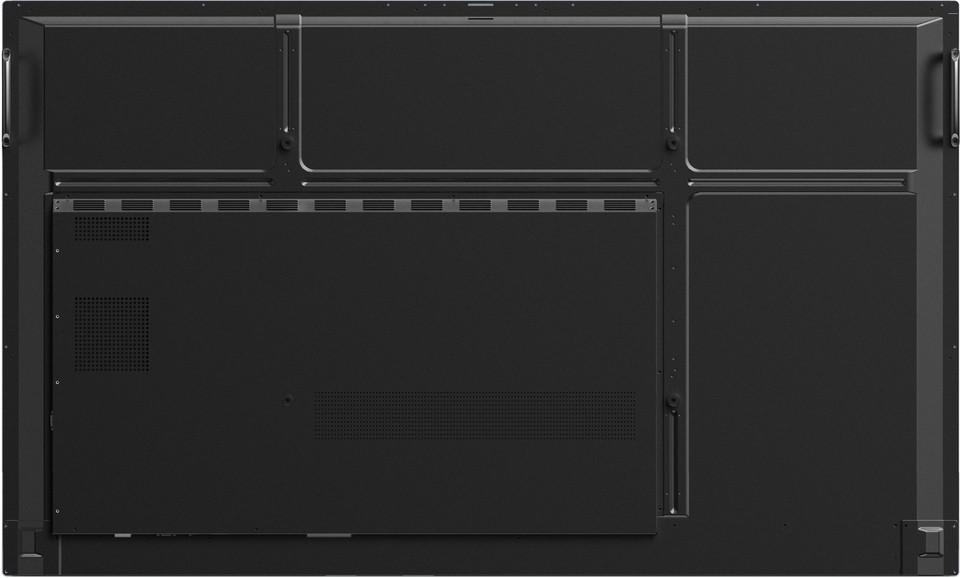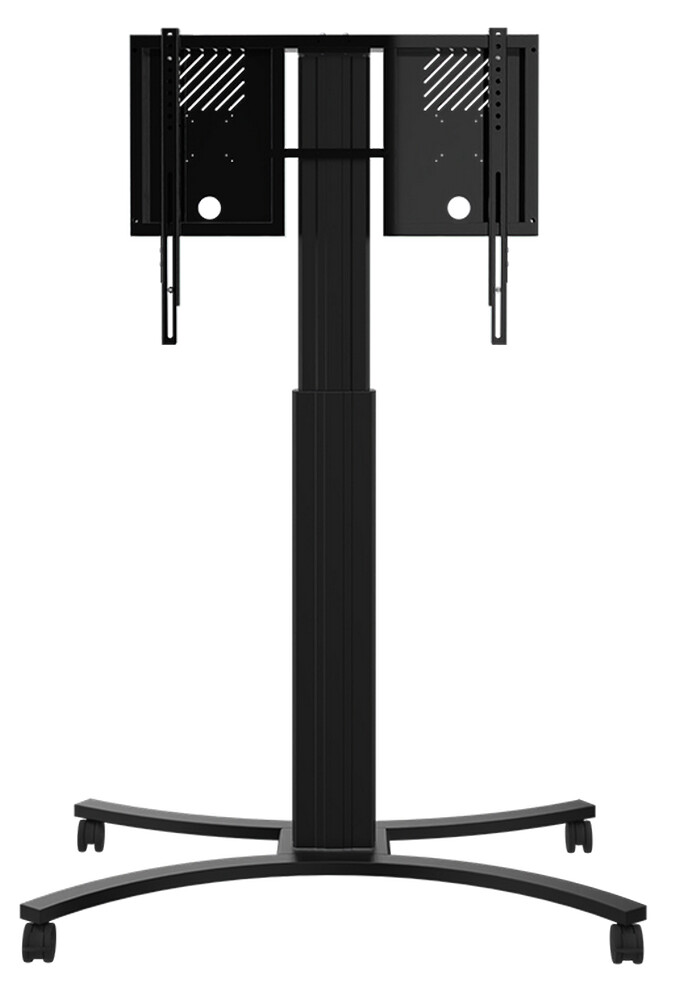























£2,698.80*
£45.99
- Resolution 3840 x 2160 4K UHD
- Max. Brightness 450 cd/m²
- Panel type IPS
- Contrast Ratio 5,000 :1



Frequently purchased together
Product information
With the ViewBoard IFP8633-G, ViewSonic presents a modern solution for interactive teaching and learning. With its generous 86-inch 4K display, integrated Android 11 operating system and innovative myViewBoard software, this interactive display takes classroom equipment to the next level. Learning becomes more vivid, collaborative and intuitive – ideal for making lessons varied and effective.
Technical specifications at a glance:
- Display size: 86 inches (4K UHD)
- Operating system: Android 11
- Touch technology: 40-point touch with Ultra-Fine Touch technology
- myViewBoard software: Pre-installed for interactive lesson planning
- USB-C single-cable solution: With 65 W power delivery for charging external devices
- Multitasking features: Split screen, picture-in-picture and picture-by-picture
- Integrated speakers: 2 x 20 W, front-facing audio playback
- Expansion options: Optional Wi-Fi module, optional Windows slot-in PC, webcam support

Enhanced learning experience with multitasking capabilities
Enhance your lessons with the versatile multitasking features of the ViewBoard IFP8633-G. The split-screen option allows you to divide the screen so that you can play a video in one window and take notes in the second window at the same time. The picture-by-picture mode also opens up new possibilities by allowing you to display up to two pieces of content side by side – for example, to present test questions and answers at the same time. This allows you to create dynamic and engaging lessons that actively involve your students.
Intuitive touch function and smooth writing
The 40-point touch function with Ultra-Fine Touch technology ensures a precise and fast writing experience that is very similar to writing with a pen on paper. With the dual pens, you can switch between different colours and line thicknesses in no time at all. This promotes joint brainstorming in the classroom and increases interaction between teachers and learners.

Easy connection and flexible integration
With just one USB-C cable , you can connect the ViewBoard IFP8633-G to your notebook or other compatible devices in no time. While image and sound transmission are guaranteed, the display charges your device at up to 65 W at the same time. In addition, myViewBoard is pre-installed so you can prepare, save and easily share teaching materials across different platforms. Optional enhancements such as a Wi-Fi module and a Windows slot-in PC give you even more flexibility in everyday school life.
Impressive audio quality and efficient management
The two front-facing 20-watt speakers deliver clear, powerful sound – whether for educational videos, listening exercises or musical performances. In addition, the myViewBoard Manager software offers secure and centralised device management. This allows you to update, schedule and control multiple displays effortlessly from one location. Text announcements, multimedia messages or emergency alerts can also be sent quickly to all linked screens to ensure smooth communication across the entire campus.

Future-proof and ready for hybrid learning
To make your school or campus fit for the future, the ViewBoard IFP8633-G supports webcam extensions for video streaming. This makes hybrid learning – for example, with live streams for external students – easy to implement. Take advantage of the high-resolution display and wide viewing angle to optimally engage everyone, even when lessons are partly on-site and partly online. With the ViewBoard IFP8633-G, you are investing in a modern and flexible learning environment for the long term.
Technical data
| Name | ViewSonic ViewBoard IFP8633-G 86" Touch display - |
|---|---|
| Article number | 1000033100 |
| GTIN/EAN | 0766907024333 |
| Manufacturer SKU | IFP8633-G |
| EPREL ID | 1768908 |
| Model name | ViewBoard IFP8633-G |
| Brand | ViewSonic |
| Product Type | Touch display |
| Product Series | ViewSonic IFP33 Series |
| Technology | LCD |
| Panel type | IPS |
| Resolution | 3840 x 2160 4K UHD |
| Diagonal | 86" |
| Aspect Ratio | 16:9 |
| Viewing angle - Horizontal | 178° |
| Viewing angle - Vertical | 178° |
| Contrast Ratio | 5,000 :1 |
| Max. Brightness | 450 cd/m² |
| run-time | 8/7 |
| Response time | 8ms |
| Support - VESA | 800 x 600 |
| Frame width | 13.4 mm |
| Operating system | Android |
| RAM | 8 GB |
| Inputs | 1x 3,5mm Jack , 1x RS232 , 1x USB-C , 1x VGA , 2x Ethernet , 2x USB-B , 3x HDMI , 5x USB-A |
| Outputs | 1x 3,5mm Jack , 1x HDMI |
| wireless technology | WiFi |
| Features | Integrated speaker , Touch screen |
| Product width | 195.7 cm |
| Product height | 116 cm |
| Product depth | 10 cm |
| Weight | 58.55 kg |
| Colour | Black |
| EEK Spectrum | A to G |
| Energy efficency class | G |
| Delivery contents | Batteries , Remote control , USB cable |
| Condition | New |
| Warranty | 36 Month |
| Warranty type | Onsite Repair Service and support information |
Product safety
| Person responsible for the EU |
|---|
| ViewSonic Technology GmbH |
| Fürst-Leopold-Platz 1 |
| 46284 Dorsten |
| Germany |
| sales-uk@viewsonic.com |








